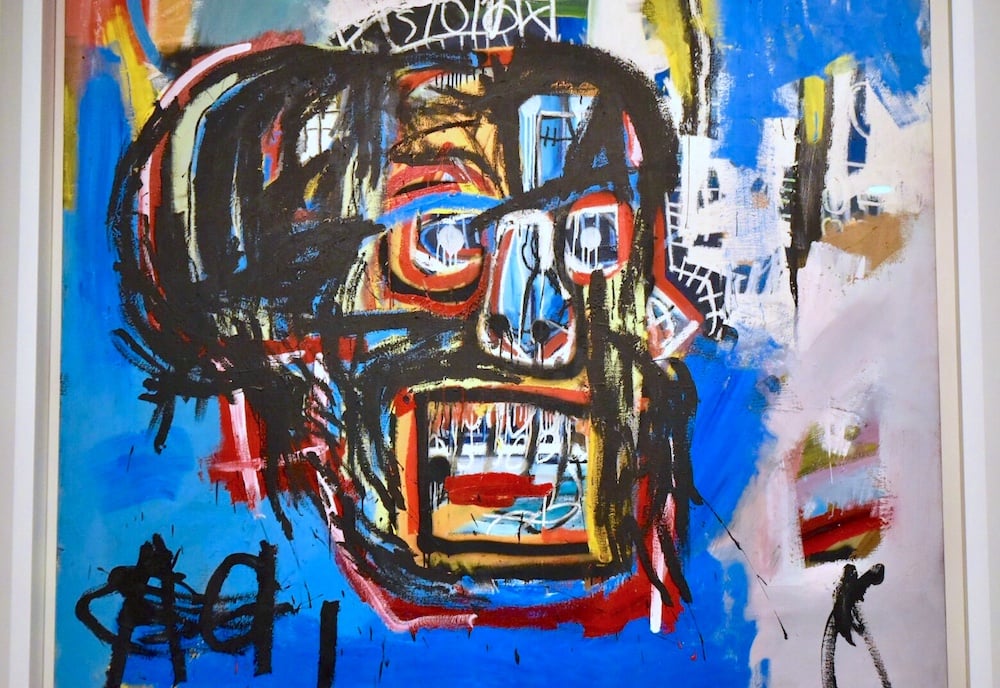
Introduction
Bold color palettes have taken center stage in the world of contemporary art, transforming the way artists, collectors, and designers approach creative expression. The dominance of vibrant hues in 2025 marks a shift away from muted minimalism, embracing high-energy compositions that evoke emotion and capture attention. This resurgence of color-rich art is not just a stylistic choice but a reflection of cultural shifts, advancements in pigment technology, and the evolving tastes of art enthusiasts. In this blog post, we explore the significance of bold color palettes in modern art, highlight the leading artists in this movement, examine top-selling pieces, and discuss the potential future of this artistic trend.
The Rise of Bold Colors in Art
The use of bold color palettes is not a new phenomenon. Throughout art history, movements such as Fauvism, Pop Art, and Abstract Expressionism have embraced the power of color to make bold statements. Today, however, the integration of vibrant hues is experiencing an unprecedented revival, thanks to advancements in digital art, accessibility to richer pigments, and the influence of social media, where visually striking artworks gain immediate recognition.
Key factors contributing to this trend include:
Technological advancements: Innovations in paint production and digital tools allow for more vivid and long-lasting colors.
Psychological impact: Studies show that bright colors influence mood, with warm tones evoking passion and energy, while cool tones provide a sense of tranquility.
Cultural influences: Globalization has introduced artists to diverse color traditions from around the world, integrating bold hues into contemporary compositions.
Notable Artists Leading the Bold Color Movement
Several contemporary artists have embraced bold color palettes to define their work and push artistic boundaries. Some of the most influential figures in this movement include:
Katherine Bernhardt: Known for her playful, large-scale paintings featuring vibrant pinks, blues, and oranges, Bernhardt’s work draws inspiration from pop culture and everyday objects.
Jonas Wood: A master of color and shape, Wood’s works blend bold tones with geometric compositions, creating dynamic yet harmonious visuals.
Hassan Hajjaj: Dubbed the “Andy Warhol of Marrakesh,” Hajjaj infuses Moroccan aesthetics with modern pop-art colors, crafting striking photographic and mixed-media pieces.
Beatriz Milhazes: This Brazilian artist’s abstract paintings burst with vibrant colors inspired by tropical landscapes, music, and cultural motifs.
Yayoi Kusama: Though known for her polka dots and immersive installations, Kusama’s use of high-contrast, bold colors continues to influence contemporary art.
Record-Breaking Sales: Top-Selling Bold Color Artwork
The market for bold-colored art is thriving, with collectors willing to pay premium prices for eye-catching pieces. Some of the most notable sales include:
“Untitled” by Jean-Michel Basquiat – Sold for $110.5 million in 2017, this artwork exemplifies Basquiat’s fearless use of color and abstract composition.
“No. 6 (Violet, Green, and Red)” by Mark Rothko – A masterpiece in color field painting, sold for $186 million in 2014.
“Abstraktes Bild” by Gerhard Richter – Sold for $46.3 million in 2015, this piece showcases Richter’s extraordinary command of bold, layered color techniques.
With the rising demand for vibrant art, prices for contemporary works continue to soar, making this a promising market for both investors and collectors.
Bold Color vs. Traditional Minimalist and Neutral Art
The growing preference for bold color palettes represents a dramatic departure from the once-dominant minimalist trend. While neutral art focuses on subtlety and simplicity, vibrant compositions create energy, movement, and intensity. Key contrasts include:
FeatureBold Color ArtMinimalist/Neutral ArtEmotional ImpactHigh-energy, expressiveCalming, understatedVisual AppealBright, eye-catchingSoft, harmoniousMarket DemandIncreasing rapidlySteady but subdued
As society embraces more personalized and expressive interiors, the demand for bold, colorful artwork has grown significantly.
The Growing Demand: Why Collectors Are Investing in Vibrant Art
Art collectors and interior designers have embraced bold color art for various reasons:
Statement pieces: Bold colors make art the focal point of any space.
Psychological appeal: The emotional effect of vibrant colors enhances interior atmospheres.
Social media influence: Bright, colorful artworks perform exceptionally well on platforms like Instagram, making them more desirable.
The Future of Bold Color Palettes in Art
Looking ahead, the use of bold colors in art will likely continue to evolve, with emerging trends including:
AI and digital color generation: Artists experimenting with AI-driven color palettes.
Sustainable pigment production: Eco-friendly, non-toxic color innovations.
Neon and UV-reactive art: The rise of immersive installations utilizing glow-in-the-dark elements.
With more artists pushing the boundaries of color theory, bold color palettes will likely become even more prominent in the art world.
Conclusion
The dominance of bold color palettes in 2025 showcases a major artistic shift towards vibrancy, emotion, and visual impact. From auction houses to contemporary galleries, this movement continues to gain momentum, reshaping the aesthetics of modern art. With increasing investment in colorful pieces, this trend is poised to leave a lasting mark on the art world for years to come.
The art piece used in this post is called “Untitled” by Jean-Michel Basquiat
For Inquiries and Exclusive Promotions:
Explore our curated offerings at Artists Breath.
Discover Our Exquisite Collection:
Immerse yourself in our distinguished selection of fine art at Artists Breath Collection.
Connect with Our Artists and Gallery:
For personalized assistance or to engage with our talented artists, please reach out at info@artistsbreath.com.
Stay Informed with Our Insights:
Subscribe to our Substack for the latest in art and culture at Artists Breath Substack.